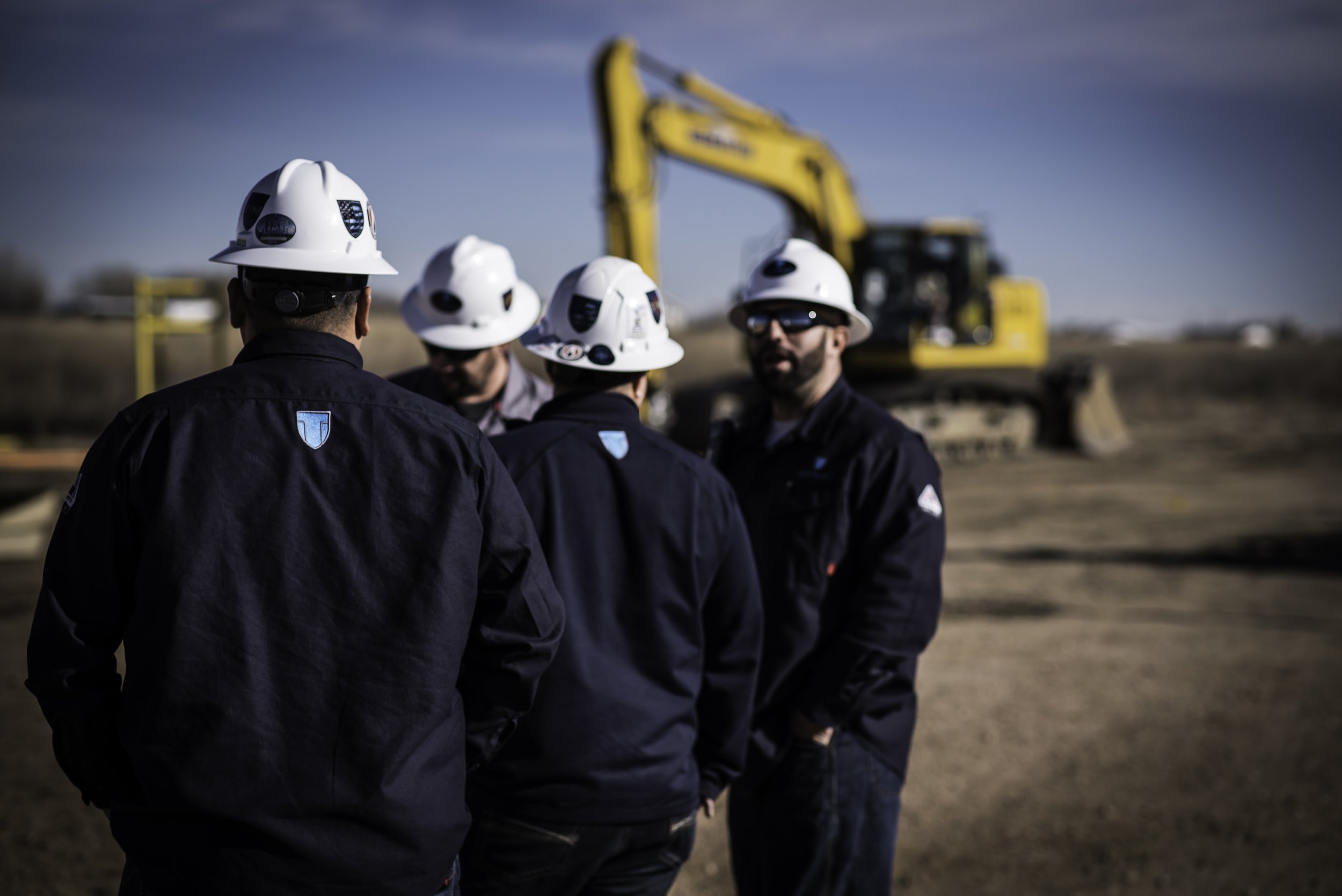
OSHA Requirements Starters Guide
What Does OSHA Require From Employers?
Congress created the Occupational Safety & Health Administration (OSHA), which is a part of the Department of Labor, in 1970 in order to regulate workers’ safety. OSHA has set rules and regulations that employers must follow in order to provide a workplace that is free from recognized hazards. OSHA was established to keep employees safe while on the job!
If you have ever visited OSHA’s website, you know there is so much information posted regarding the different safety and health requirements employers must follow. We are going to breakdown the key rules and regulations starting with the top 3 basic duties for employers.
1. Compliance with OSHA laws.
2. Provide a workplace free from serious recognized hazards.
3. Examine workplace conditions to ensure compliance.
What is a Safety Program?
Most companies are required by OSHA to have a set of written Safety & Health Programs. A written safety program is a custom set of documents (usually in a booklet form), that holds a company’s safety policies, procedures, checklists, training documentation and cites applicable OSHA’s standards.
At a minimum, most companies will need policies and procedures defined for Hazard Communication, Personal Protective Equipment Hazard Assessments, Emergency Action Planning and Bloodborne Pathogens (BBP). Additional topics will apply depending on what type of industry a company is in. Construction companies may also need Fall Protection, Excavation, Electrical/Assured Equipment Grounding, Powered Hand Tools, Permit Required Confined Space, Silica or Heat Stress Programs to name a few. Organizations that are classified as General Industry might also need Control of Hazardous Energy or Lockout Tagout, Respiratory Protection, Hearing Conservation or Overhead Crane programs. These topics are popular examples that may or may not be applicable to your company. Your company may also need additional written programs that are not listed here. To get some insight on which safety programs you may need please call one of our experienced consultants today 970-534-2530.
When Safety Professionals talk about the term “Safety Program”, they are using it as an umbrella term that includes all of the elements that are needed in order to achieve a proper safety program: custom written safety and health programs, employee training, assessing the workplace for hazards and fixing them, and the ongoing effort that is needed to maintain and improve a company’s safety culture. Achieving an effective safety program is about complying with OSHA’s rules and regulations in order to create a safe workplace for employees.
An Effective Safety & Health Program Includes:
1. Management Commitment & Employee Involvement
2. Worksite Safety Analysis
3. Hazard Prevention & Control (Including Written Programs)
4. Safety & Health Training
Start By Understanding OSHA’s General Duty Clause
Every employer should be familiar with OSHA’s General Duty Clause because it really is all encompassing. OSHA can issue a citation for any safety hazard under the General Duty Clause even if it is not specifically spelled out somewhere else in the regulations. It requires employers to protect employees from any safety hazard they may encounter, including those that aren’t specifically listed in OSHA’s regulations.
(a) Each employer — (1) shall furnish to each of his employees employment and a place of employment which are free from recognized hazards that are causing or are likely to cause death or serious physical harm to his employees; (2) shall comply with occupational safety and health standards promulgated under this Act.
(b) Each employee shall comply with occupational safety and health standards and all rules, regulations, and orders issued pursuant to this Act which are applicable to his own actions and conduct.
Top 10 Reasons an Award Winning OSHA Consulting Firm Can Help You
1. Work with professionals with various certifications and qualifications that know OSHA’s rules and regulations.
2. Have a hazard assessment conducted without having any citations issued.
3. Get a safety and health training delivered on just the topics you need.
4. It is cheaper than hiring a full time safety person or can provide assistance to an overloaded safety manager.
5. Shows your employees that you truly care about their safety and well-being which will boost morale!
6. Gives you the peace of mind knowing you have experienced support available and shows OSHA that you are operating in good faith.
7. Issues safety and health news alerts and OSHA regulation changes.
8. Helps create a safer workplace for your employees and builds a safety culture.
9. Will help to prevents or reduce accidents, injuries and potential OSHA citations.
10. OSHA can offer employers a “good faith” discount for hiring a safety company.
What OSHA Requirements Apply to Your Business? Call us at 970-534-2530 for a complimentary phone consultation to find out!






